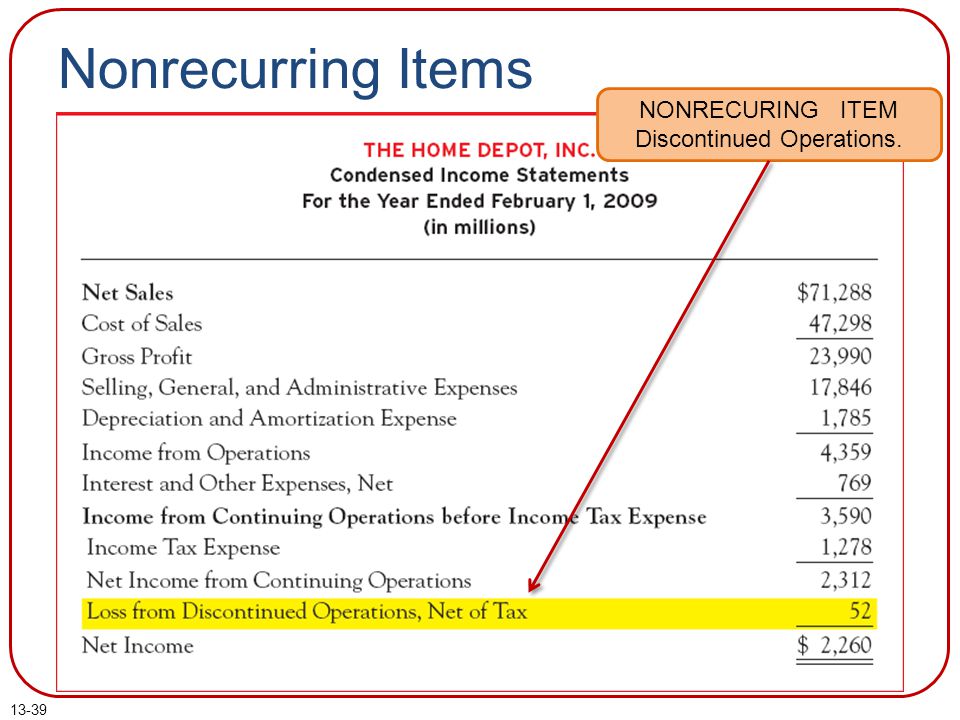

Most of the wind damage caused by Katrina occurred to the building envelope, comprising roof covering, walls and windows. Katrina also outlined the need for better wind damage protection. There are many levee systems throughout the US that would reveal similar deficiencies if subjected to the same level of scrutiny as those in New Orleans. The flooding caused by Katrina also showed the state of the levee systems in the US to be substandard and in need of repairs estimated to be $100bn, according to the National Committee on Levee Safety. Storm surge has been a contributing factor in half of the top 10 costliest storm losses in US history, with these five storms having collectively caused almost $125bn in insured losses. Katrina showed the impact of storm surge can often be more damaging than high wind speeds and that the physical size of the hurricane can affect the surge itself.

Katrina and other storms such as Sandy have helped to greatly improve catastrophe risk research and modeling. Growth of exposure is far outpacing take-up of insurance coverage resulting in a growing gap in natural catastrophe preparedness. Losses across Asia are expected to rise exponentially in future with 80% of the top 10 exposed locations to coastal flooding from storm surge and wind damage expected to be in this region in the next 50 years. The US is the top loss location, accounting for half (49%) of the global claims analyzed, followed by Europe (19%), Asia (6%) and Central America (3%). Windstorm losses account for approximately 40% of all natural hazard losses by number of claims and 26% by value, according to AGCS analysis. Over 400 storm-related claims were filed during this period 1, meaning windstorm ranks fifth in the top 10 causes of loss for business according to value of claims. Whether it is hurricanes in the US, typhoons in Asia or winter storms in Europe – strong winds can easily cause property and business interruption losses for companies, as an analysis of more than 11,000 AGCS major business insurance claims worldwide (> €100,000) indicates. If such procedures are not in place or reviewed, the magnitude of windstorm losses can increase significantly. Business continuity planning and indirect supply chain exposures are areas which would benefit from greater attention. AGCS is committed to working closely with clients and risk managers and sharing its insight to help ensure they are as prepared as possible.”Ī decade on from Katrina, although businesses’ catastrophe risk management awareness has matured, there is still room for further improvement with a greater emphasis needed on reviewing pre-loss and post-loss risk management. Preparedness is a key issue to limit windstorm exposure and the lessons learned from major catastrophes such as Katrina can help businesses mitigate the impact of future events.

Even without considering the influence of climate change the prospect of increasing losses is more likely in future due to continuing economic development in hazard-prone urban coastal areas around the world and in Asia in particular. “Storms can have a devastating effect for businesses. “Katrina will always be remembered as an extraordinary natural disaster that foremost affected millions of individuals and businesses, but also left an indelible impact on the global insurance industry,” says Chris Fischer Hirs, CEO of AGCS. To mark the 10-year anniversary of Katrina, a new risk bulletin from Allianz Global Corporate & Specialty (AGCS) – Hurricane Katrina 10: Catastrophe Management And Global Windstorm Peril Review – analyzes windstorm risks and losses and examines the lessons learned from Katrina for future global windstorm loss mitigation, given increasing weather volatility. It is a global peril with more than 50 countries having suffered significant windstorm losses in recent years, insurance claims analysis shows. However, severe windstorm loss is not exclusive to North America. 4,000 lives lost during the 2005 hurricane season, 80% of the city of New Orleans flooded, US$125 billion in overall damages and 1.7 million insurance claims filed: Hurricane Katrina, which struck the Gulf Coast of the US on August 29, 2005, remains the largest-ever windstorm loss.


 0 kommentar(er)
0 kommentar(er)
